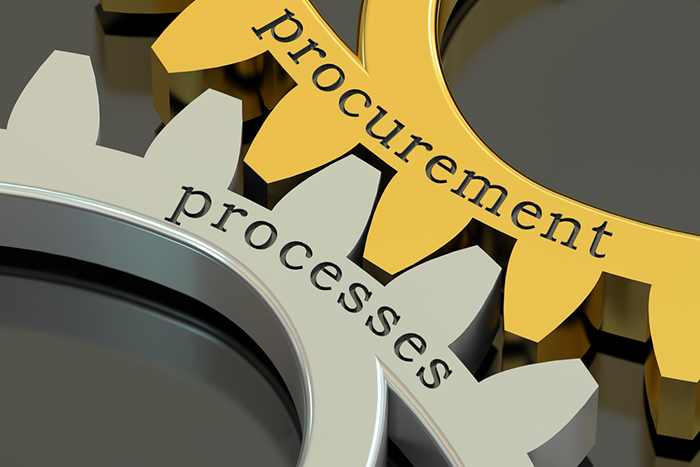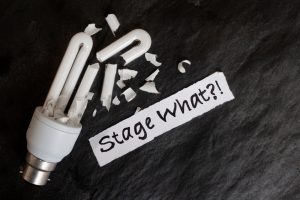Procurement is changing, advises Dooka South Africa. With the rise of technology and the increasing need for transparency in business, procurement must also adapt. In this blog post, the company explores four best practices that will help you optimise your procurement process and get the best deal, every time. Procurement is changing and you need to change with it!
The industry has reached a point where procurement teams use technology like never before, from simple tools like spreadsheets and email to more advanced solutions such as ERPs (Enterprise Resource Planning) and APS (Advanced Procurement Systems). These technologies have helped make the process faster, easier, more transparent, and automated– and they continue to evolve as vendors develop innovative solutions for buyers.
Procurement is also becoming more transparent. As companies become increasingly aware of their supply chain risks in terms of sustainability or ethical sourcing practices, they want their suppliers’ certifications upfront so they can make informed decisions on whom they choose as partners. Online procurement marketplaces allow enterprises to make this decision based on a vendor’s reputation, along with other factors such as price competitiveness, ESG qualifiers, and location.
Build a transparent, automated process
It is essential to maintain transparency in all procurement-related activities, including vendor
selection, negotiation and payment terms. This helps in building trust with your suppliers and ensures that your procurement team is following ethical practices. Transparency also helps in identifying any potential conflicts of interest and ensures that all stakeholders are aware of the procurement process and its outcomes.
Large companies hoping to get the best deal need to find a way to build a transparent procurement process. All data should be accessible to everyone involved, so that there’s no room for interpretation or hidden agendas.
Automation can help you achieve this goal by automating important tasks, like bidding and sourcing, in order to save time and money. It also helps ensure quality control.
Verify your vendor marketplace
A good way to verify whether or not you are getting the best deal with your vendor marketplace is to compare prices and features with other similar sites. This can be done by searching for “vendor marketplaces” on Google or another search engine, and then narrowing down the
results based on price range, number of ratings/reviews, etc.
You should also check out forums related to business owners who use online marketplaces (such as eBay) so that you can learn more about how these sites work from other users’ perspectives. You might also want to get in touch with some of the vendors on your vendor marketplace and ask them about their experiences selling on these platforms. This will give you a better idea of what type of customer service they provide and how much work it takes for them to maintain their listings.
Put the right data in the right hands
As the saying goes, “data is the new currency.” As procurement leaders, you should be putting the right data in the right hands – and using it to improve your processes.
Data is an integral part of any procurement process, and leveraging data analytics can help your company get the best deal every time. Data analytics can help in identifying patterns, trends, and opportunities in the procurement process, which can be used to negotiate better deals with suppliers. By leveraging data analytics, your procurement team can also identify areas for cost optimisation, reduce supplier risk and enhance overall procurement efficiency.
Data analytics can help you make better decisions about how much money to spend on each supplier, and what types of contracts will be most beneficial for your organisation. You’ll also get insight into which suppliers are performing well so that you can reward them with more business or better pricing over time; conversely, if they’re underperforming compared with their competitors, then it may be time for them to go!
With this information at hand, you’ll have all sorts of options at your disposal when managing your supplier relationships. Good data management truly is the secret to getting the best deal, every time.
Automate the procurement process
Automating the procurement process can save you a lot of time and money. With the help of automation, your procurement team can streamline the entire procurement process, from sourcing to payment, reducing the time and effort required for manual tasks. Automation also ensures greater accuracy and consistency in data entry and helps in identifying any discrepancies. This, in turn, helps in reducing the risk of errors, saving time and costs, and increasing efficiency. That saved time and energy adds up fast.
So, how do you actually go about automating your procurement process? You can start by using e-procurement software to streamline and automate your procurement process. This will help you save time and money by increasing efficiency, cutting out paperwork, reducing errors, saving labour costs and improving customer service.
One way to achieve this is by leveraging online B2B marketplaces, which can provide a platform for buyers and suppliers to connect and transact seamlessly. Look for a marketplace that has a large supplier base, provides access to a wide range of products and services, and offers tools and features to manage procurement activities efficiently. Most of them allow you to access your procurement process, paperwork, and communications 24/7 from multiple devices across your network. It is also essential to consider the marketplace’s reputation, security and compliance with relevant regulations.
You can even integrate your existing ERP system or other applications into the solution, so employees can start using it right away without having to learn a new system from scratch.
The procurement process is evolving, but it’s not too late to get on board with the changing technologies. By implementing automation into your procurement process, and putting the right data in the right hands, you’ll be able to take advantage of these new technologies and better manage your supply chain. All of these efforts will ultimately lead you to securing the best deal for your company, every time!























